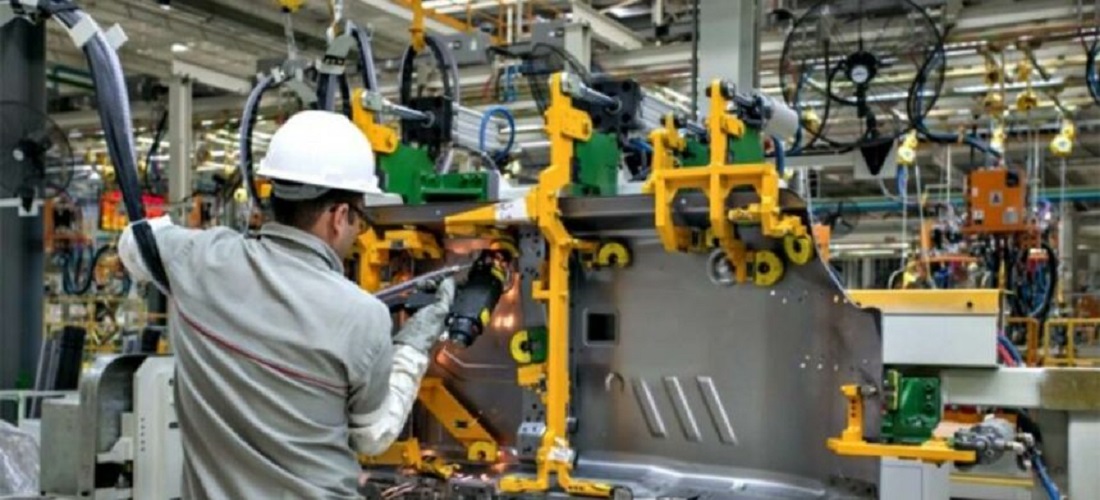
Abimaq: high exports does not save revenue of the machinery sector in 2022
Feb, 01, 2023 Posted by Lillian SmoakWeek 202306
The 21% growth in exports of machinery and equipment in 2022, compared to the previous year, was not enough to save manufacturers’ performance. The sector closed last year with a drop in the main indicators. The main one, with a total net revenue of BRL 310.4 billion in 2022, was down 5.9% compared to the previous year, as informed on Tuesday the 31st by the Abimaq, the organization that represents the sector. This result interrupts the four-year sequence of recovery, which, since 2018, had accumulated a gain of 38.1%.
The last three months has a negative impact on agricultural machinery, with a 10% drop in revenue during this period. In December, the machinery sector recorded the seventh consecutive month of reduction in total revenue compared to the same month in 2021. Total revenue totaled BRL 23.2 billion, down 4.1% over November and 9.8% compared to December 2021.
Domestic net revenue in 2022 was BRL 245.8 billion, 7.4% below 2021. In December, it was BRL 17 billion, a reduction of 10.4% compared to November and 7.4% over the same period of the previous year.
Apparent consumption (sum of imported machines with those produced in Brazil and destined for the domestic market) ended 2022 at BRL 389.3 billion, 8.3% less than in 2021. December reinforced this movement, with BRL 29.4 billion, the loss was 8.1% compared to November and 8.3% over December of 2021. Abimaq justifies this result as a reflection of the “worsening in the activities of the extractive, manufacturing and agricultural sectors”.
The level of employment in the machinery industry ended 2022 with an increase of 6.1%, with 7,649 hires. At the end of the year, the sector employed 390,800 people, but in December there was a reduction of 1.6% in the number of employees.
Balance of Trade
Revenue from machinery shipment and equipment was the sector’s big news in 2022. Exports totaled US$ 12.2 billion, up 21% compared to 2021. This means that more than 20% of the sector’s total revenue came from the foreign market in 2022. On average, exports exceeded US$ 1 billion per month.
The increase in the volume of exports was 6.6%. The only segment that was negative in the year was that of infrastructure and basic industry, with a drop of 1.1%. South America was the main destination, with 37% of the equipment shipped, followed by North America (33%) and Europe (12%).
Imports, however, also grew. With a total of US$ 24.9 billion, the purchase of products abroad rose 13.8%. As a result, the sector’s trade balance remained negative, closing the year at US$ 12.7 billion, up 7.7%. China was the cause of 27.8% of imported machines, followed by the United States (17.4%) and Germany (11.7%).
In December, the machinery sector exported US$ 1.18 billion, an expansion of 19.6% over the previous month and 1.2% in the annual comparison. Imports, on the other hand, totaled US$ 2.22 billion, 3.1% less than in November, but 11.8% more than in the same month of 2021.
According to Abimaq, the machinery sector worked with an average occupancy of installed capacity of 78.6% in 2022. Manufacturers’ backlog closed the year at 11.5 weeks, 3.4% compared to closing 2021, which was 11.9 weeks.
The organization also stated that the machinery sector surpassed the initial investment forecast for 2022. The estimate at the beginning of the year was investments of R$ 15.4 billion and in the end, R$ 16.5 billion were made. For 2023, the estimate is BRL 12 billion, 21.6% below the previous year’s forecast.
Source: Valor Econômico
To read the original report, visit: https://valor.globo.com/empresas/noticia/2023/01/31/abimaq-exportacao-em-alta-nao-salva-receita-do-setor-de-maquinas-em-2022.ghtml
-
Grains
Aug, 04, 2022
0
India’s soybean oil intake rise in July; Brazil increases shipments
-
Sep, 14, 2022
0
New look articulated tug and barge set to move boxes across Brazil
-
Other Cargo
Mar, 14, 2022
0
USA to invest more than R$ 1 billion in fertilizer production
-
Ports and Terminals
Jun, 10, 2021
0
Port of Imbituba ends May with the best operating result in its history

